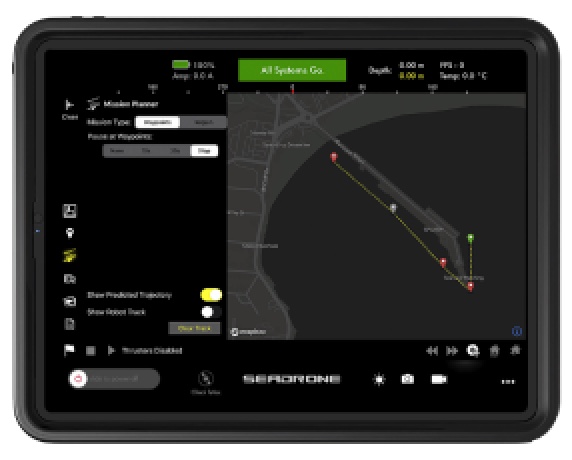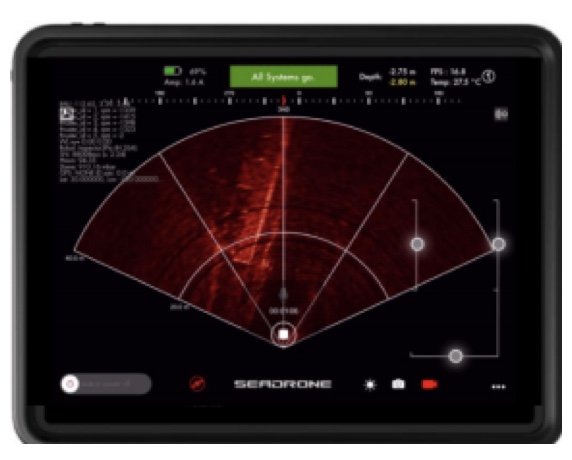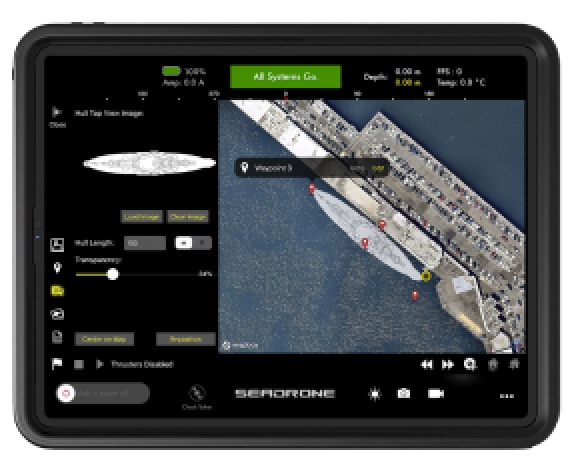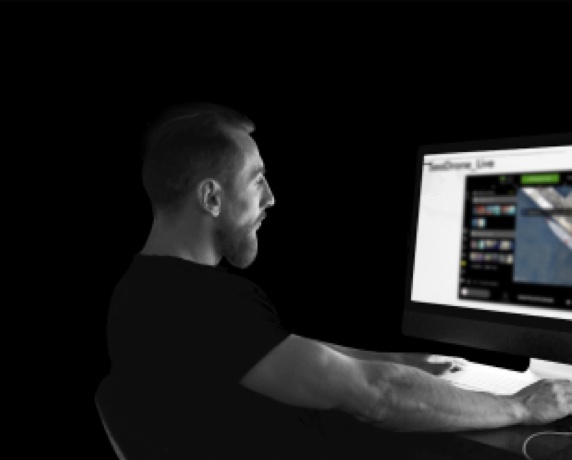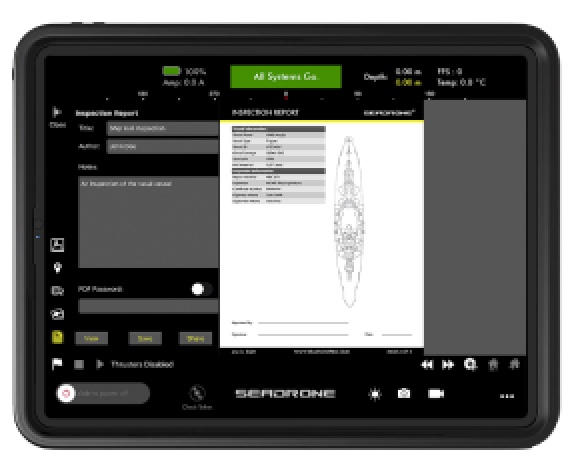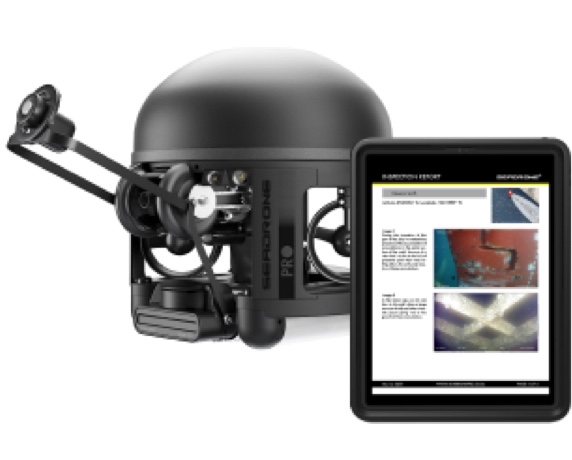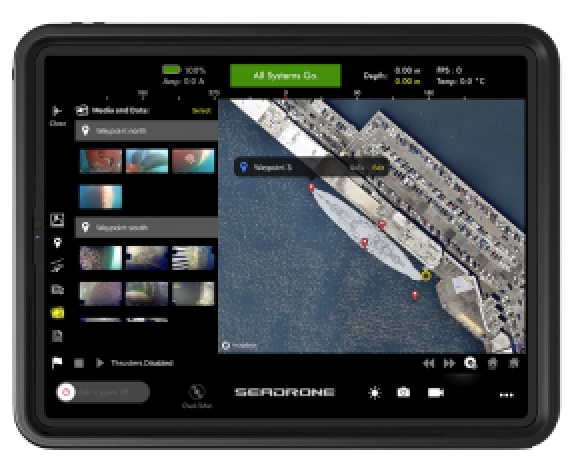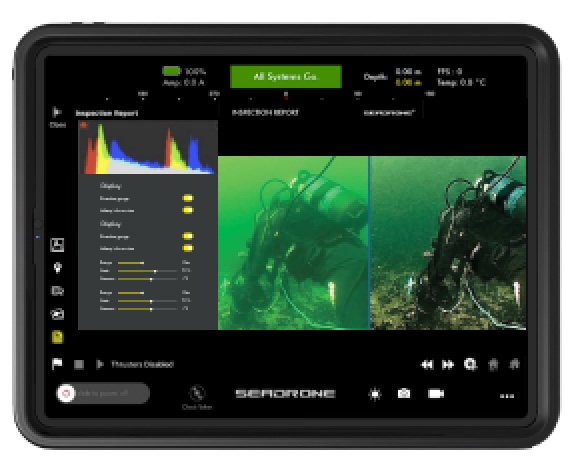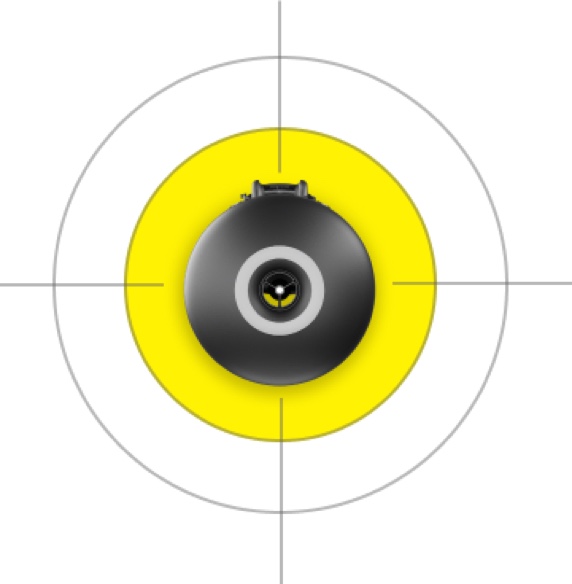Class societies’ steady march to Remote Inspection Technologies and Techniques
The demand for remote services is only going up.
Classification societies are moving steadily and increasing toward the use of Remote Inspection Technologies (RIT) for remote surveys and other remote services used in ship inspections. The developments around COVID-19 have only pushed this trend further.
DNV GL, for example, has reportedly completed 15,000 remote surveys since their launch in October 2018. One in five of Lloyd’s Register surveys are completed remotely. In March 2020, the number of complex remote surveys performed by LR increased by 25 percent. RINA began trialing remote inspections in May 2019 and has completed approximately 300 inspections between May 2019 and February 2020, and another 60 inspections in March 2020, according to Offshore Energy.
Firsts in the field of remote inspection appear with increasing frequency. In July 2020 the American Bureau of Shipping (ABS) pioneered a remote survey for steel certification to enable work on two Lamprell’s self-elevating drilling rigs. RINA carried out the world’s first statutory and associated class intermediate surveys in June 2020, assigning to the bulk carrier Cielo di Gaspesie the new class notation “REMOTE”. Dutch offshore services provider Fugro announced Tuesday that it completed the “first fully remote inspection of an oil and gas platform in UK waters”. KSM, in collaboration with DNV GL, completed the first ever approved remote initial Machinery Planned Maintenance System (MPMS) survey on the caustic bulk (CABU) vessel MV Ballard in June 2018.
“RIT” has been used to describe both Remote Inspection Techniques and Remote Inspection Technologies. To understand the use of remote services by class societies, it is helpful to differentiate the two terms.
Remote Inspection Techniques are a means of survey that enables examination of any part of a structure without the need for direct physical access of the surveyor, as defined by the International Association of Classification Societies (IACS) Guidelines for Use of Remote Inspection Techniques for surveys No. 42 revised June 2016.
Remote Inspection Techniques may involve the use of Remote Inspection Technologies, a collective term that encompasses pilot-operated unmanned aerial vehicles, underwater remotely operated vehicles (ROVs), climbing robots, and robotic crawlers, as defined by the ABS Guidance Notes on the Use of Remote Inspection Technologies published in February 2019.
Common Remote Inspection Technologies:
Remotely Operated Vehicles (ROVs)
Unmanned Aerial Vehicles (UAVs)
Robotic crawler
Climbing robots
Fixed sensors
Robotic arms
Divers
Examples of Remote Inspection Techniques include DNV GL’s Veracity data platform and the LR Remote app, both of which may use data collected by Remote Inspection Technologies such as ROVs or aerial drones while completing surveys.
The industry push toward more RITs is motivated by a need to more efficiently conduct surveys. Remote surveys allow a surveyor with a virtual connection to sight, measure, help, or check the inspection process with collaborators in the field without being at the designated ship or site physically. A surveyor can be at his office in Singapore interacting via a digital platform with a colleague on a ship in San Diego to complete an inspection without ever setting foot on the ship. Remote surveys can lower costs, increase efficiency and safety, and better enable surveyors, inspectors, and ship operators in their decision-making.
Common inspection types that make use of RITs:
Hull surveys
Tank testing
Overall and close-up surveys of cargo holds
Overall and close-up surveys of enclosed spaces
Enclosed and non-enclosed space thickness measurements
Mooring chain visual inspections and thickness measurements
General external surveys from the air
There are a wide range of survey, inspection, and audit types required by the more than 50 classification societies currently operating around the world. Thirteen of the largest class societies – including ABS, Bureau Veritas, and Lloyd’s Register – make up the members of IACS. The standards set by IACS cover more than 90% of the world’s cargo carrying ships.
Some of the largest classification societies, or class societies, include:
Different types of ships – container vessels, bulk carriers, tankers, naval ships, and special purpose ships – adhere to different rules, codes, and certifications such as the international ESP code, in line with and sometimes supplementing other international statutory regulations developed by the member states of the International Maritime Organization (IMO).
Some ships – such as High Risk Ships (HRS) as defined by the New Inspection regime of the Danish Maritime Authority – require more frequent inspections that other ships. The Paris MoU system for inspections has created the use of a “White, Greg and Black list” to indicate how often ships are inspected when in port.
SeaDrone’s Digital Solution to an Analog Problem
Class societies are leveraging digitalization to build more agile organizations. With this push to move analog problems to digital solutions, SeaDrone has developed a solution that bridges the communication gap between class societies, insurance carriers, ship operators and field teams. SeaDrone allows these stakeholders to connect on a common thrusted platform.
Custom collaboration
SeaDrone has developed a custom collaboration tool that is Paper-less. Not only are trees safe but SeaDrone’s process is faster, more scalable, and more reliable. (Learn more about SeaDrone’s 1 Hour Ship Hull Inspection).
Workflow automation
SeaDrone designed a frictionless workflow from piloting the vehicle to setting-up the acoustic-based positioning system to annotating real-time data compiled into PDF reports. SeaDrone’s end-to-end system allows you to painlessly collect more accurate data.
Augmented Data
Visual data is aggregated and automatically parsed into reports using meta data. Visual data not only meets class society standards but can be easily annotated on-site.
Superhumans
Humans are great at many things, but not at diving below a ship hull or parsing and tagging data. A system like SeaDrone that allows you to easily and consistently collect higher quality data will open up opportunities to run image classifiers to train deep learning algorithms, ultimately giving decision makers Super-Super-Human ability!
The movement to RITs has been motivated by class societies’ need for transformative digitalization, a trend that has been sweeping the corporate landscape for more than a decade. Underwater vehicles and workflow optimization tools that lower the cost of data will play a growing part in this digital transformation.
For more information on how SeaDrone is navigating the RIT space, visit https://seadronepro.com.
“One in five of Lloyd’s Register surveys are completed remotely. In March 2020, the number of complex remote surveys performed by LR increased by 25 percent”
ABS Chairman, President and CEO, Christopher J. Wiernicki on board a vessel with ABS surveyors. / ABS Marks Record-Setting Three Years Without a Work-Related Lost Time Injury
Examples / Remote Inspection Techniques
“Remote surveys allow a surveyor with a virtual connection to sight, measure, help, or check the inspection process with collaborators in the field”
RIT - Class Societies
Custom Collaboration / Paper Less
“The movement to RITs has also been motivated by class societies’ need for transformative digitalization”
